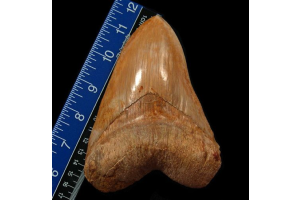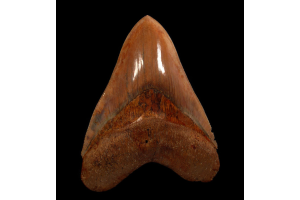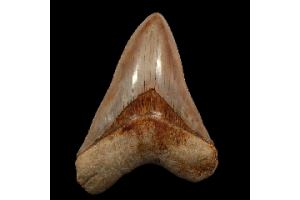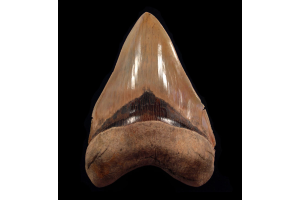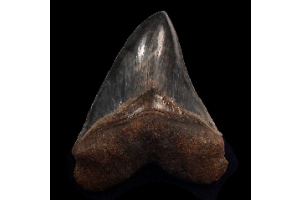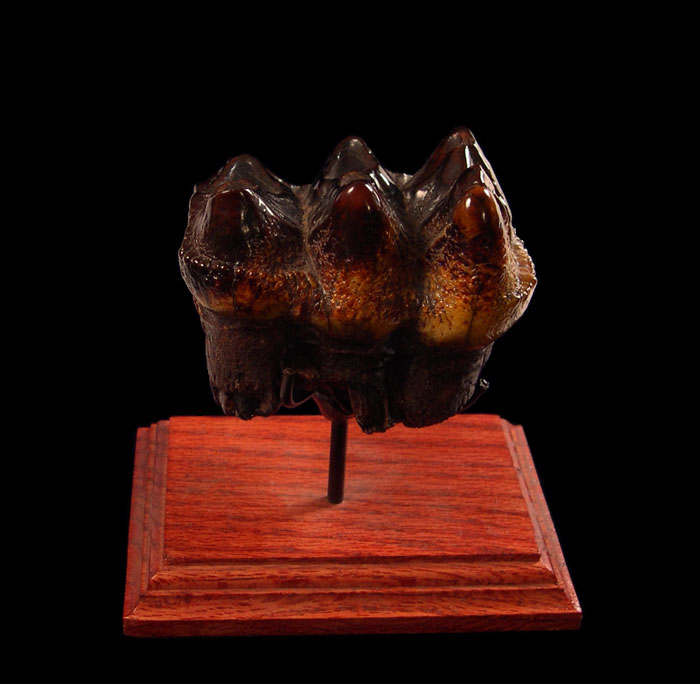
For a long time, people were confused between Mastodons and Mammoths, and understandably so, because they looked quite similar. They were both huge and hairy, had a long nose and tusks. These pre-historic elephants belong to the order Proboscidea, which is a named derived from the Greek word for “nose.” Today, while the Woolly Mammoth gets a whole lot of attention, the Mastodon is not very well-known, except among the scientific community. Here are some interesting facts about this shaggy creature:
Mastodon means “nipple tooth”.
Here, “nipple” does not refer to the mammary gland but rather the shape of the molar teeth of the Mastodon. Nipple Tooth is not the genus name of this animal. The genus for the Mastodon is actually Mammut, which can be confused with Mammuthus, the genus for the Mammoth. So, Mastodon is largely used for clarity.
Mastodons went extinct 10,000 years ago.
While the exact time is not known, it is estimated that Mastodons went extinct 10,000 to 20,000 years ago, which was right after the last Ice Age. Experts discuss various reasons for their disappearance, but most of them are related to climate change and hunting by humans. They could not adapt to the changing climate, which was a problem that was further aggravated by Paleo humans hunting them.
There are four identified Mastodon species.
There are four species of Mastodons that have been identified till now. The Mammut americanum, M. matthewi, M. raki, and M. cosoensis. Among these, M. matthewi and M. raki are considered to be vastly similar to M. americanum, which has prompted some scientists to argue that they cannot be considered as separate species.
Feed your curiosity for this pre-historic animal with fossils. Find authentic Mastodon teeth for sale at Buried Treasure Fossils.






